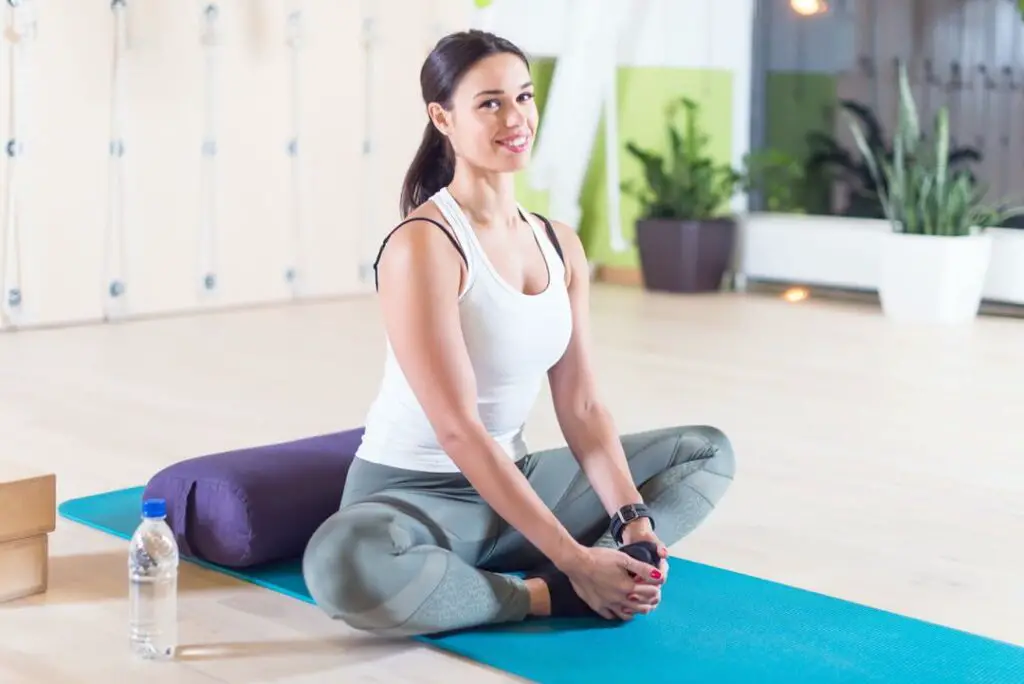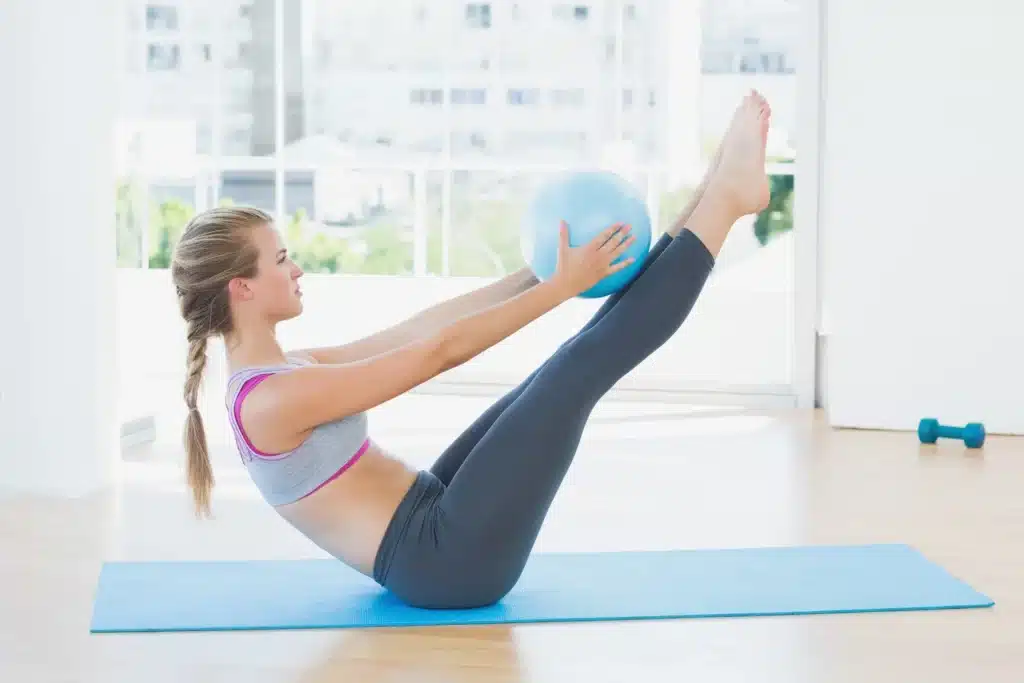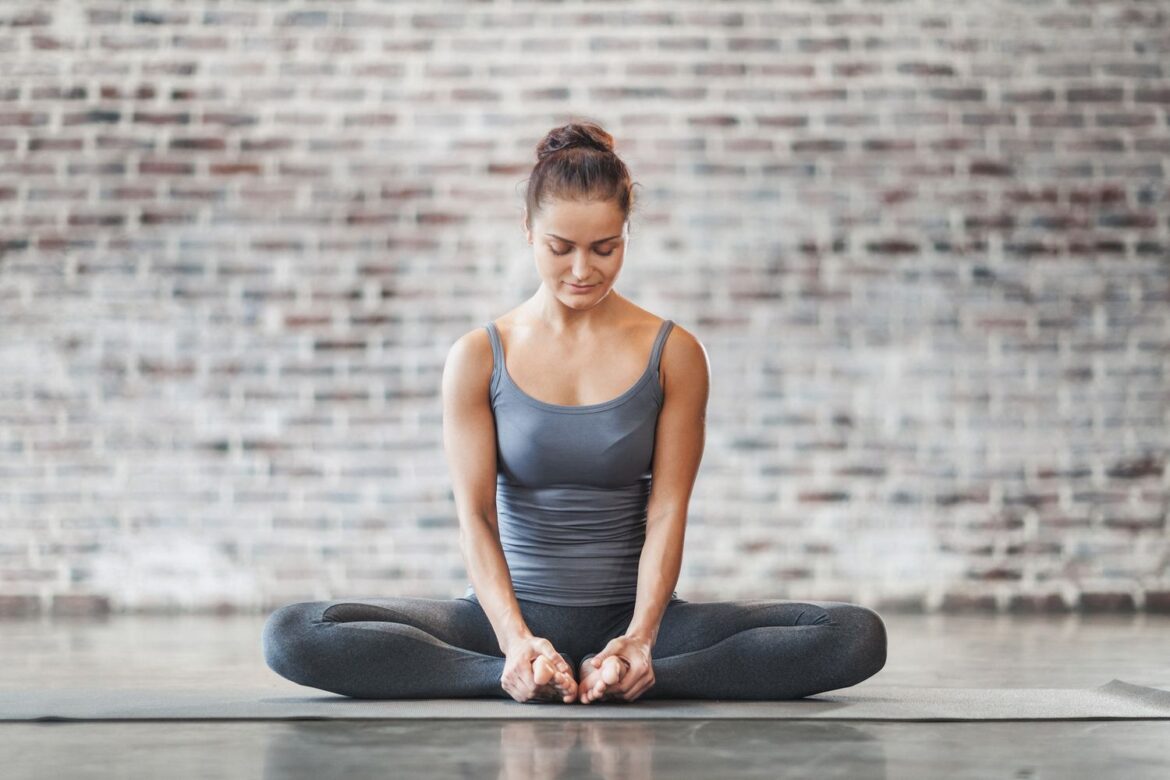Introduction
When Did Pilates Start: The history of Pilates is a captivating journey that takes us back to the early 20th century. Developed by a visionary named Joseph Pilates, this holistic exercise system has evolved into a global phenomenon renowned for its transformative impact on physical fitness and overall well-being. The life of its founder, uncover the unique principles that underpin the practice, and trace its remarkable evolution from a method for rehabilitating wounded soldiers to a mainstream fitness phenomenon embraced by millions worldwide.
Pilates owes its name and fundamental principles to its creator, Joseph Hubertus Pilates. Born in Germany in 1883, Joseph Pilates was a sickly child who was determined to improve his physical condition. He drew inspiration from various exercise disciplines, including yoga, martial arts, and ancient Greek and Roman physical regimens.
Joseph jumpboard Pilates’ journey took a significant turn during World War I when he was interned as an enemy alien in an internment camp in England. During this time, he began working with other detainees, using his method to help them recover from injuries and maintain their physical and mental well-being. Pilates has incorporated technology, such as video tutorials, online classes, and fitness apps. These digital resources have made Pilates more accessible and allowed practitioners to engage in virtual sessions.

When did Pilates become popular?
Designed to strengthen and stretch the body into its most Adonis-like form — Madonna and Gwyneth are reportedly devotees — Pilates went from an obscurity beloved of ballet dancers to a 1990s fad to a full-on mainstream trend by the mid-2000s.
Pilates started to gain popularity in the mid-20th century, particularly in the United States. It was during this time that Joseph Pilates, the founder of the method, and his wife Clara began teaching Pilates to a growing number of students, including dancers, athletes, and celebrities.
One of the key factors contributing to Pilates’ popularity was its effectiveness in enhancing physical fitness, improving posture, and addressing musculoskeletal issues. Dancers, in particular, found Pilates to be valuable for improving their strength, flexibility, and overall performance. As word of its benefits spread, Pilates began to attract a wider audience beyond the dance community.
He drew inspiration from various exercise disciplines, including yoga, martial arts, and ancient Greek and Roman physical regimens. His passion for movement and physical health led him to develop his own system of exercise, which he initially called “Contrology.”
Who was Pilates originally created for?
It was created in the 1920s by the physical trainer Joseph Pilates (1880-1967) for the purpose of rehabilitation. Some of the first people treated by Pilates were soldiers returning from war and dancers such as Martha Graham and George Balanchine (to strengthen their bodies and heal their aches and pains).
Pilates was originally created for rehabilitation purposes and, more specifically, for injured soldiers during and after World War I. Joseph Pilates, the founder of the method, developed it while he was interned in an internment camp in England during the war.
He used his time there to refine his system of exercises, which he initially called “Contrology,” with the aim of helping injured soldiers regain strength, flexibility, and overall physical health.
Joseph Pilates believed that his exercises could not only aid in the physical recovery of wounded soldiers but also contribute to their mental and emotional well-being. His method focused on a mind-body connection, emphasizing controlled movements, proper breathing, and precision.
Joseph Pilates’ innovative equipment, including the Reformer and Cadillac, was designed to facilitate the exercises he had developed. These apparatuses provided resistance and support, making it possible for individuals of varying fitness levels and physical conditions to benefit from his method.
Did Pilates originate from yoga?
Pilates, created in the 1920s, is much younger than yoga! A German man named Joseph H. Pilates, who served as a nurse in World War I, developed the practice as a way to rehabilitate wounded soldiers.
Pilates and yoga are two distinct exercise systems with different origins and principles, although they share some similarities. While there may be some influence and overlap in certain aspects of their practices, Pilates did not originate from yoga.
Pilates was developed by Joseph Pilates in the early 20th century, primarily in Germany. Joseph Pilates drew inspiration from various fitness modalities, including yoga, gymnastics, martial arts, and his own experiences in physical fitness.
He synthesized these influences into his own method, initially known as “Contrology,” which focused on core strength, flexibility, controlled movements, and a mind-body connection. Pilates exercises often involve the use of specialized equipment like the reformer and the Cadillac.
Yoga, on the other hand, is an ancient practice with roots in India that date back thousands of years. Yoga encompasses a wide range of physical postures (asanas), breathing techniques (pranayama), meditation, and philosophical teachings. Yoga has a strong spiritual and philosophical component that goes beyond physical fitness, aiming to achieve mental and spiritual harmony in addition to physical well-being.
Why is Pilates so expensive?
The Pilates instructors have spent considerable amount of time, effort and money in order to get themselves trained as instructors. This also means that Pilates instructors have a strong foundation in anatomy and movements as compared to many other fitness instructors.
Specialized Equipment: Many Pilates studios offer classes that use specialized equipment like reformers, Cadillacs, and chairs. These pieces of equipment can be costly to purchase and maintain, and this expense is often reflected in the price of classes.
Certified Instructors: Qualified Pilates instructors undergo extensive training and certification programs, which can be time-consuming and expensive. Their expertise and experience contribute to the cost of Pilates classes.
Small Class Sizes: To ensure individualized attention and proper form, Pilates studios often maintain small class sizes. This means that there are fewer participants in each session, and the cost per participant may be higher to cover overhead expenses.
Studio Overheads: Running a Pilates studio involves costs such as rent, utilities, insurance, and equipment maintenance. These overhead expenses are factored into the pricing of classes.
Location: The cost of Pilates classes can vary based on the location of the studio. Studios in upscale or high-cost-of-living areas may charge more for their services.
What is Pilates first name?
Joseph Pilates was born near Dusseldorf in 1880. He was a sickly child who determined to make himself strong and healthy. He took up body-building, to the point where by his teens he was getting work as a model for anatomical drawings.
Joseph Pilates was the founder of the Pilates method. His first name was Joseph. Born in Germany in 1883, Joseph Pilates developed his unique system of exercise in the early 20th century. Originally named “Contrology,” the method later became known as Pilates, named after its creator.
Joseph Pilates was a visionary who drew inspiration from various fitness modalities, including yoga, gymnastics, martial arts, and his own experiences with physical fitness. He believed in the importance of a strong mind-body connection and developed exercises that emphasized controlled movements, proper breathing, and precision.
Pilates studios and certified instructors began to proliferate, offering classes to people of all backgrounds and fitness levels. The method’s emphasis on core strength, flexibility, and mind-body connection resonated with individuals seeking a holistic approach to fitness and wellness.
What is the future of Pilates?
Experts believe Pilates is likely to become increasingly popular as a cross-training tool. “We see more athletes, performers and weekend warriors looking for Pilates as a cross-training method to complement their other fitness activities,” say Katherine and Kimberly Corp.
Integration with Technology: Pilates is likely to incorporate technology in various ways. This could include virtual reality (VR) and augmented reality (AR) applications for immersive Pilates experiences, wearable fitness technology for tracking progress, and online platforms for remote instruction.
Personalization: As technology advances, Pilates programs may become increasingly personalized. AI and data analytics can help instructors tailor workouts to individual needs and goals, ensuring more effective and efficient sessions.
Hybrid Classes: The COVID-19 pandemic accelerated the adoption of online and hybrid fitness classes. The future of Pilates may involve a blend of in-person and virtual sessions, providing flexibility and accessibility to a wider audience.
Mindfulness Integration: Pilates’ emphasis on mind-body connection aligns with the growing interest in mindfulness and stress reduction. Future Pilates classes may incorporate more mindfulness practices to address not only physical but also mental well-being.
Inclusivity and Accessibility: Efforts to make Pilates more inclusive and accessible to a diverse range of participants may lead to modified equipment, classes designed for specific populations (e.g., seniors or individuals with disabilities), and more affordable options.
What religion does Pilates come from?
Joseph Pilates developed his work from a strong personal experience in fitness. Unhealthy as a child, he studied many kinds of self-improvement systems. He drew from Eastern practices and Zen Buddhism. He was inspired by the ancient Greek ideal of man perfected in the development of body, mind, and spirit.
Pilates is not associated with any specific religion. It is a physical fitness and exercise system developed by Joseph Pilates in the early 20th century. While Pilates incorporates some principles related to mindfulness, breath control, and the mind-body connection, it is primarily a secular and holistic approach to physical fitness and well-being.
Joseph Pilates himself drew inspiration from various fitness modalities, including yoga, gymnastics, martial arts, and his own experiences in physical fitness and rehabilitation. He designed Pilates as a system that could be practiced by people of all backgrounds and belief systems, and it does not have any religious affiliation or requirement.
Pilates is a globally recognized and practiced exercise method with various styles and approaches, including Classical Pilates, Contemporary Pilates, and clinical Pilates for rehabilitation purposes. It continues to evolve, incorporating modern exercise science and adapting to the needs and preferences of a diverse clientele.
How has Pilates evolved since its inception?
While the core principles of Pilates remain the same, the method has evolved with various interpretations, adaptations, and modifications to cater to different fitness levels and goals. Today, you can find classical Pilates, contemporary Pilates, and various specialized styles.
Diversification of Styles: Pilates has branched out into different styles and approaches. Classical Pilates adheres closely to Joseph Pilates’ original teachings, while contemporary Pilates incorporates modern exercise science and equipment. There are also specialized styles tailored to specific populations or goals, such as athletic conditioning or rehabilitation.
Incorporation of Modern Exercise Science: Pilates has embraced principles from exercise science, biomechanics, and anatomy. This integration has improved the understanding of how Pilates benefits the body and has led to more effective and targeted exercises.
Equipment Development: The introduction of new equipment and modifications to existing apparatus have expanded the repertoire of Pilates exercises. Equipment like the reformer, Cadillac, and chair have been refined and adapted to provide a broader range of exercises.
Research and Evidence-Based Practice: Scientific research on the health benefits of Pilates has increased, validating its effectiveness for various purposes, including improving core strength, flexibility, and balance. This research has contributed to Pilates’ credibility and integration into healthcare and rehabilitation settings.

Conclusion
The origins of Pilates take us on a fascinating journey into the early 20th century, where Joseph Pilates, a visionary fitness enthusiast, laid the foundation for this transformative exercise method. Born out of a desire to rehabilitate injured soldiers during World War I, Pilates’ unique system of movement, initially known as “Contrology,” emerged as a powerful tool for healing and strengthening the body.
Over time, it transcended its therapeutic origins to become a worldwide fitness phenomenon Joseph Pilates‘ dedication to the mind-body connection, precise movements, and controlled breathing formed the bedrock of his method, which has since evolved and adapted to meet the diverse needs of people seeking physical fitness, rehabilitation, and overall well-being. Today, Pilates is celebrated for its enduring impact on core strength, flexibility, posture, and mental clarity.
Today, Pilates is a globally recognized and practiced exercise method with various styles and approaches, including Classical Pilates, Contemporary Pilates, and clinical Pilates for rehabilitation purposes. It continues to evolve, incorporating modern exercise science and adapting to the needs and preferences of a diverse clientele.

